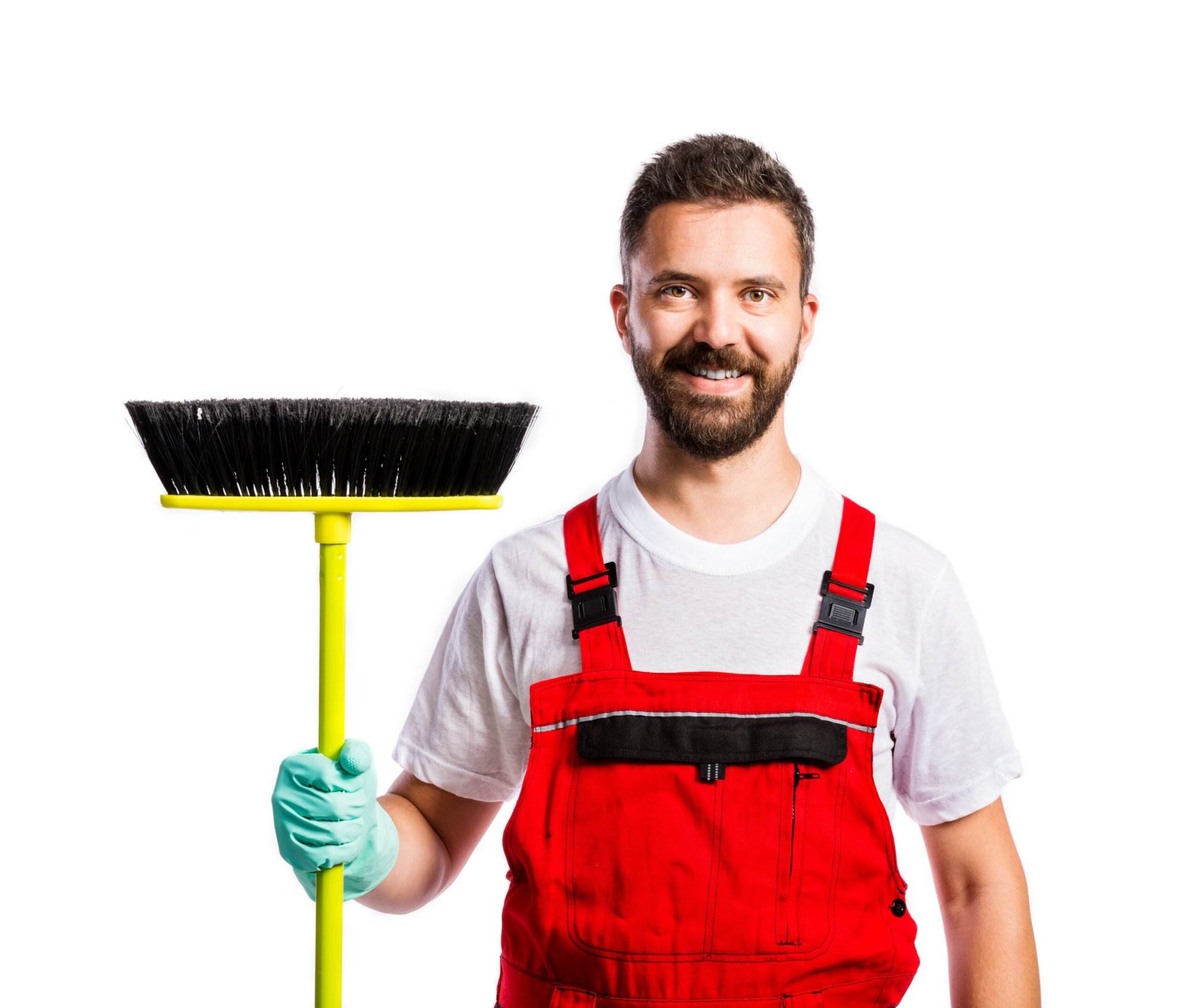Introduction to Inclusive Cleaning Practices
Cleaning is an essential part of maintaining a healthy home, but not everyone has the ability or resources to keep their living space clean. People with disabilities may face additional challenges when it comes to cleaning, including physical barriers, limited mobility, and difficulty accessing certain areas of their homes. However, by implementing inclusive cleaning practices, we can make sure that all individuals have access to safe and comfortable living spaces.
Importance of Accessible and Safe Homes for People with Disabilities
Accessibility and safety are crucial considerations for people with disabilities who want to remain independent in their own homes. A lack of accessible features or unsafe conditions can create significant barriers to daily activities such as cooking, bathing, and cleaning. For example, someone with limited mobility may struggle to reach high shelves or bend down to pick up items from low surfaces. By incorporating inclusive cleaning practices into our routines, we can help ensure that every individual has equal access to a safe and comfortable living environment.
Common Barriers to Cleaning for People with Disabilities
There are several common barriers that people with disabilities may encounter when trying to clean their homes. These include physical limitations, sensory impairments, and cognitive difficulties. Physical limitations may prevent individuals from lifting heavy objects or reaching high places. Sensory impairments such as vision loss or hearing loss can make it difficult to navigate around obstacles or identify potential hazards. Cognitive difficulties like memory loss or attention deficits can also impact an individual’s ability to complete tasks effectively. By taking these factors into account, we can develop cleaning strategies that work for everyone.

Adapting Your Cleaning Routine for Different Abilities

One way to adapt your cleaning routine for different abilities is to break tasks down into smaller, more manageable steps. This approach can be particularly helpful for individuals with cognitive or developmental disabilities. Another strategy is to use assistive technology and tools to overcome physical barriers. For example, a long-handled dustpan can enable someone with limited mobility to sweep floors without having to bend over. Additionally, using non-toxic cleaning products can reduce the risk of adverse reactions for individuals with chemical sensitivities or respiratory issues.
Assistive Technology and Tools for Cleaning
Assistive technology can play a vital role in enabling individuals with disabilities to perform household chores independently. Some examples of assistive devices for cleaning include grab bars for stability while showering, reachers for retrieving hard-to-reach items, and voice-activated virtual assistants for setting reminders and timers. By utilizing these types of tools, individuals with disabilities can take control of their living environments and maintain a sense of independence.
Conclusion: Making a Case for Inclusive Cleaning Practices
In conclusion, adopting inclusive cleaning practices is essential for ensuring that all individuals have access to safe and comfortable living spaces. By breaking tasks down into smaller steps, using assistive technology, and considering the unique needs of each individual, we can create cleaning routines that work for everyone. Whether you are a caregiver, family member, or friend, making a commitment to inclusive cleaning practices will go a long way towards promoting equality and improving quality of life for those with disabilities.

